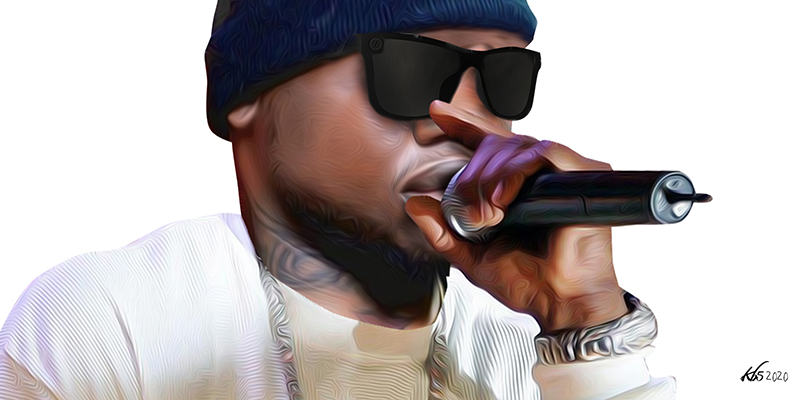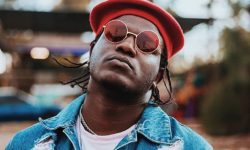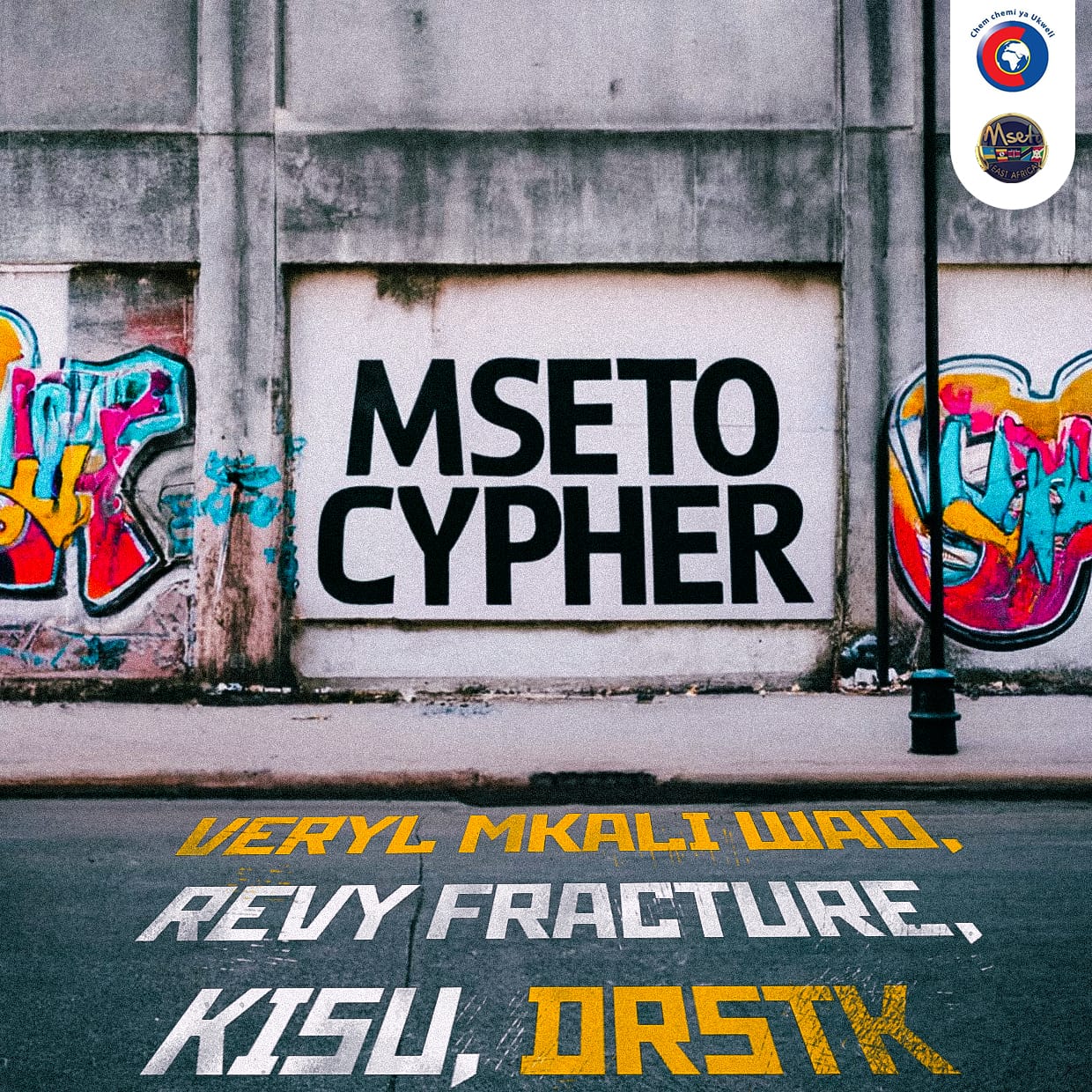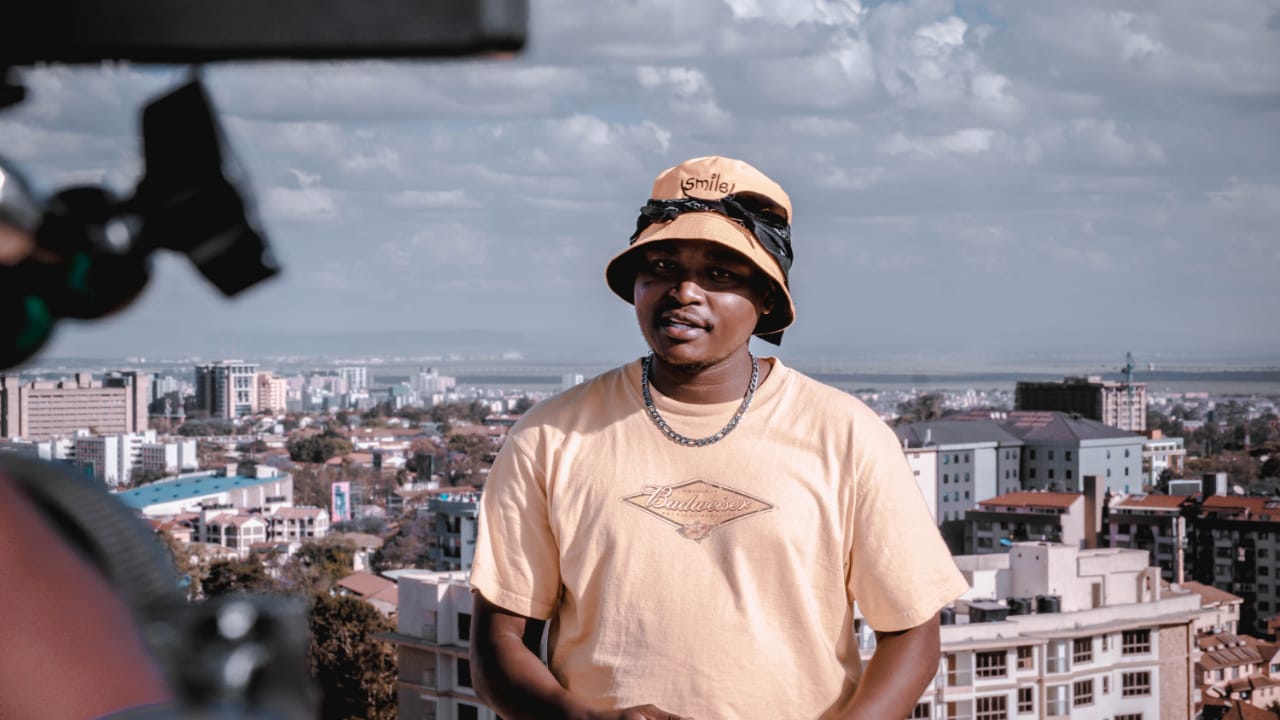
Hip hop, as a musical genre and cultural phenomenon, is celebrated for its lyrical prowess and poetic mastery. At the heart of hip hop’s lyrical magic lies wordplay, an art that allows artists to cleverly manipulate language, weaving intricate patterns of rhyme, metaphor, and allusion. In this article, we will delve into the world of hip hop wordplay, examining some prime examples that showcase the genre’s linguistic dexterity.
1. Homophones and Homonyms: One of the foundational elements of wordplay in hip hop is the skillful use of homophones and homonyms. Eminem, a lyrical genius, brilliantly employs these in his track “Stan.” In the lines, “My tea’s gone cold, I’m wondering why I / Got out of bed at all,” he turns “tea” into a homophone for “T,” referencing the rapper T-Bone. This wordplay adds depth and a layer of ambiguity to the lyrics, keeping the audience engaged.
2. Multisyllabic Rhymes: Multisyllabic rhymes are a hallmark of advanced wordplay in hip hop. Rappers like Big Pun were masters of this technique. In “Twinz (Deep Cover ’98),” Big Pun showcases his virtuosity with lines like, “Dead in the middle of Little Italy, little did we know / That we riddled some middlemen who didn’t do diddly.” The multiple syllables in “middle of Little Italy” and “riddled some middlemen” demonstrate his intricate rhyming skills.
3. Double Entendres: Double entendres add depth and wit to hip hop lyrics, offering multiple interpretations to listeners. In Jay-Z’s “99 Problems,” the line, “I got 99 problems, but a b**** ain’t one,” cleverly disguises the phrase’s second meaning. It can be interpreted both literally and metaphorically, showcasing Jay-Z’s clever wordplay.
4. Similes and Metaphors: Metaphors and similes are essential tools for hip hop wordplay. In Nas’s “N.Y. State of Mind,” he uses a metaphor to describe his mindset: “I never sleep, ’cause sleep is the cousin of death.” This comparison between sleep and death illustrates his vigilance and determination, adding depth to his lyrics.
5. Alliteration: Alliteration is a common wordplay technique in hip hop, used to create a catchy and rhythmic effect. In OutKast’s “B.O.B. (Bombs Over Baghdad),” the rapid-fire lyrics contain several instances of alliteration, such as “Bouncing ’round in the club, stomping in the club” and “Bigger, badder, bolder, cold-hearted as the polar cap.”
6. Anaphora: Repetition of a word or phrase at the beginning of successive clauses or lines is a powerful wordplay device. Kendrick Lamar employs anaphora in “M.A.A.D City” with the repeated phrase, “Yawk, yawk, yawk, yawk.” This repetition adds a hypnotic and intense quality to the song.
7. Puns: Puns are wordplay gems that inject humor and cleverness into lyrics. In Lil Wayne’s “A Milli,” he raps, “Young Money militia, and I am the commissioner / You don’t wanna start Weezy, ’cause the F is for Finisher.” Here, Wayne plays with the letter “F” to create a pun, infusing humor into his verse.
8. Storytelling with Wordplay: Wordplay is also instrumental in storytelling. In The Notorious B.I.G.’s “Gimme the Loot,” he tells a gripping narrative full of wordplay. Lines like, “I’m slamming ns like Shaquille” and “So I can rip you off, n, that’s how I feel” demonstrate Biggie’s ability to tell a story while maintaining lyrical intricacy.
9. References and Allusions: Rappers often draw on a vast reservoir of references and allusions, incorporating elements from literature, history, and pop culture into their verses. In Kanye West’s “Power,” he references Nietzsche and philosopher Friedrich Hayek, showcasing his intellectual wordplay.
10. Wordplay as Social Commentary: Wordplay can also be a powerful tool for social commentary. In Kendrick Lamar’s “Alright,” he uses the phrase “We gon’ be alright” as a refrain to address the struggles and injustices faced by the African-American community, turning wordplay into a rallying cry for change.








